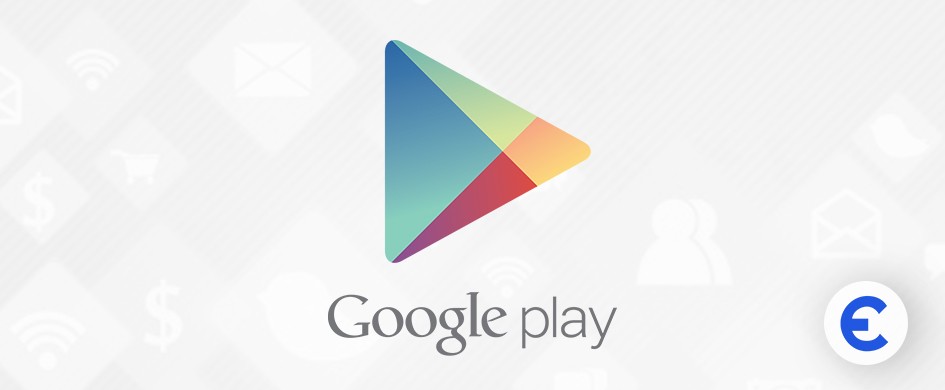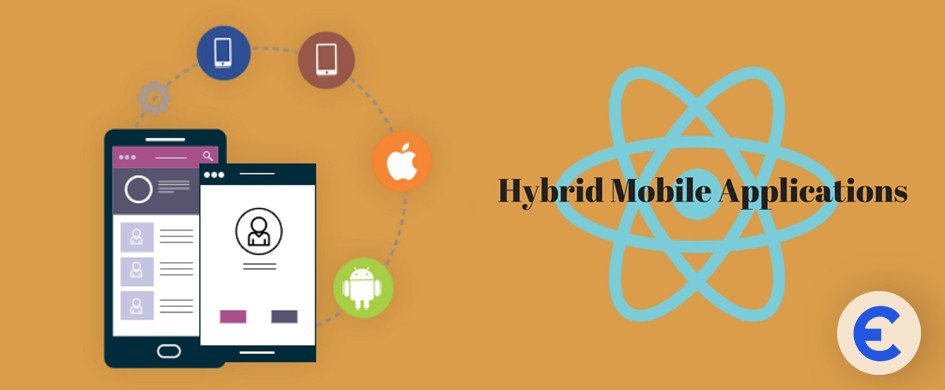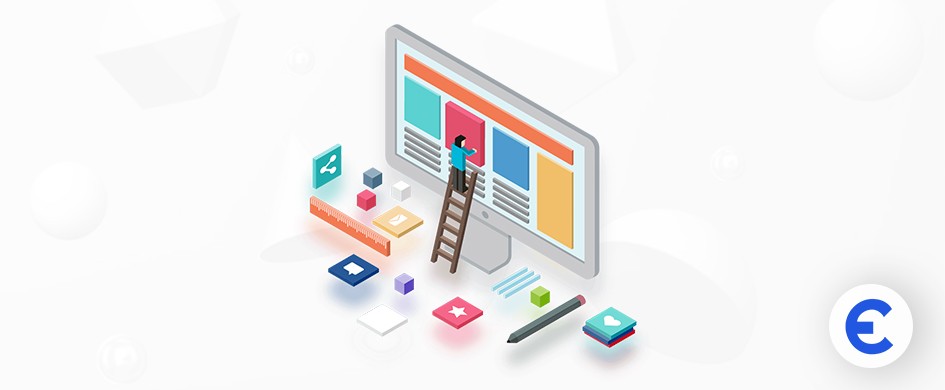Introduction
A professional web apps development agency is a company that specializes in the development of custom web applications. These agencies have a team of experienced web app developers who can create web applications that meet the specific needs of their clients.
Web application: A web application is a piece of software that can be accessed using a web browser. Businesses, organizations, and people utilize them to complete a range of functions, including online shopping, banking, and social networking.
Following benefits of web applications, you will get from Us
Accessibility: Web apps may be used from any location with an internet connection, making it suitable to grow traffic from worldwide enterprises.
Scalability: Web applications are easily scalable to suit the demands of an expanding user base.
Cost-effectiveness: Developing and maintaining web apps is often less expensive than other agencies.
Security: A number of approaches may be used to safeguard your web apps, giving them a safe and secure place to store and process data.
Usability: We often designed simple web apps, allowing them to be used by a wide range of people.
Customization: We are always ready to customize web applications multiple times as per your needs.
Web Application Development Service we offer.
UX web design
UX web design, also known as user experience web app design, is the process of creating websites that are simple to use and entertaining for visitors. It is an essential component of every website application development project since it has a substantial influence on the site's success.
Several variables contribute to successful UX web design, such as:
Clarity: The website should be simple to use and navigate.
Consistency: The website's app design should be similar throughout, making it easier for users to locate what they're searching for.
Accuracy: The website's information should be correct and up to date.
Relevance: The website should be appropriate for the intended audience.
Visual appeal: The website should be aesthetically attractive.
Business Websites and Industry Modules Websites
-
Business websites: Business websites are used to promote a business and its products or services. Business web apps typically include information about the business, its products or services, contact information, and a way for users to contact the business
-
Industry Modules websites: Industry websites are used to provide information about an industry in their web applications. They typically include information about the industry, its history, its current state, and its future trends. They can also provide information about industry events, news, and research.
Here are some examples of website business and industry models that use web application development:
-
E-commerce: E-commerce businesses use web applications to sell products and services online.
-
Customer relationship management (CRM): CRM businesses use web applications to manage customer relationships.
-
Human resources (HR): HR businesses use web apps to manage employee information and benefits.
-
Education: Educational institutions use web applications to deliver online courses and provide student support.
-
Healthcare: Healthcare organizations use web apps to manage patient records and provide telemedicine services.
Web application development is a growing field with a wide range of applications. If you are looking for a way to improve your business or organization, web application development may be the solution for you.
Component-Oriented Device Abstraction Layer (CODAL) designs
A software framework called Component-Oriented Device Abstraction Layer (CODAL) gives users a standardized way to communicate with the hardware and sensors used by their web applications. Web app developers may concentrate on their application logic without having to worry about the specifics of the underlying hardware thanks to CODAL's ease of use and high degree of abstraction.
The following are a few advantages of utilizing CODAL:
Usability: Even for developers who are unfamiliar with the underlying hardware, CODAL is designed to be simple to use.
High degree of abstraction: CODAL offers a high level of abstraction so that programmers don't have to worry about the specifics of the underlying hardware and can concentrate on their application's logic.
Flexibility: CODAL is a framework that is open to a wide range of web application development.
CODAL is portable and compatible with a wide range of devices.
These are the processes we provide for Web Application Development.
Requirements gathering and analysis: The first stage is to collect and examine the requirements for the web application. This entails being aware of the user demands, the business objectives that the web application will serve, and the necessary technological considerations.
Design: The web apps design is the next phase. Wireframes, mockups, and prototypes must be made in order to envision the web application's appearance and feel. The web application's user interface (UI) and user experience (UX) are also defined during the design phase.
Development: The real construction of the web application takes place during this phase. In order to do this, you must write the code, create the database, and test the web application.
Testing: To make sure the web apps functions effectively after development, it must be tested. This involves evaluating the web application's functionality as well as its UI and UX.
Deployment: The web apps can be deployed to a web server when it has been examined and authorized. Users may now access the web application thanks to this.
24/7 Support and maintenance: After a web application is launched, it has to be supported and maintained. This involves addressing user demands, introducing new features, and correcting errors.
You may get assistance from a web application development company with each of these processes. They have the knowledge and skills to assist you in creating a web application that satisfies your requirements.
The following are some advantages of working with our company for web application development.
- They have the knowledge and skills to assist you in creating a web application that satisfies your requirements.
- They offer the tools you need to work fast and effectively on a web application.
- By saving you from having to recruit internal developers, they can help you save time and money.
Our Web App Development has the following scopes
Web app development has a broad and expanding scope. Businesses of all sizes, from small startups to major corporations, employ web applications. They are also utilized by people and organizations for a range of activities, such as social networking, entertainment, and education.
Web applications in some of the most common categories include:
E-commerce applications: These apps enable online buying and selling of products and services.
Applications for social media: These applications let users connect with friends and family, exchange pictures and videos, and keep up with news.
Apps for productivity: These tools assist users in time management, money tracking, and organization.
Applications for education: These applications assist users in expanding their knowledge, mastering new abilities, and getting ready for tests.
Applications for amusement: These applications provide users with a range of entertainment choices, including games, movies, and music.
As new technology and trends arise, the scope of web app development is always growing. As an illustration, the popularity of mobile devices has prompted the creation of mobile web apps, which are intended for usage on tablets and smartphones. Additionally, web app development and deployment are now quicker and simpler than ever thanks to the rising popularity of cloud computing.
Some of the abilities you'll get from our company to succeed in web app development are:
Programming languages: You must have at least a basic understanding of one programming language, such as HTML, CSS, or JavaScript.
Frameworks for web development: A variety of frameworks for web development are available, including Django, Ruby on Rails, and Spring Boot. You can design web apps more quickly and simply with the aid of these frameworks.
Databases: You must be familiar with using a database, such as MySQL or PostgreSQL. Data for web apps is kept in databases.
Web design: You must have a foundational understanding of web design. This involves knowing how to design a web application that is both aesthetically pleasing and user-friendly.
Testing: To make sure your web application functions properly, you must be able to conduct tests on it. A variety of tools are available to assist you in testing your web application.
Deployment: You must understand how to deploy your web application to a web server. Users may now use the web app thanks to this.
If you have the skills and knowledge to develop web apps, then you can have a rewarding career in this field. Web app development is a growing industry with many opportunities for skilled developers.



